Fitness
I swapped the gym for resistance bands for a week – here are my results
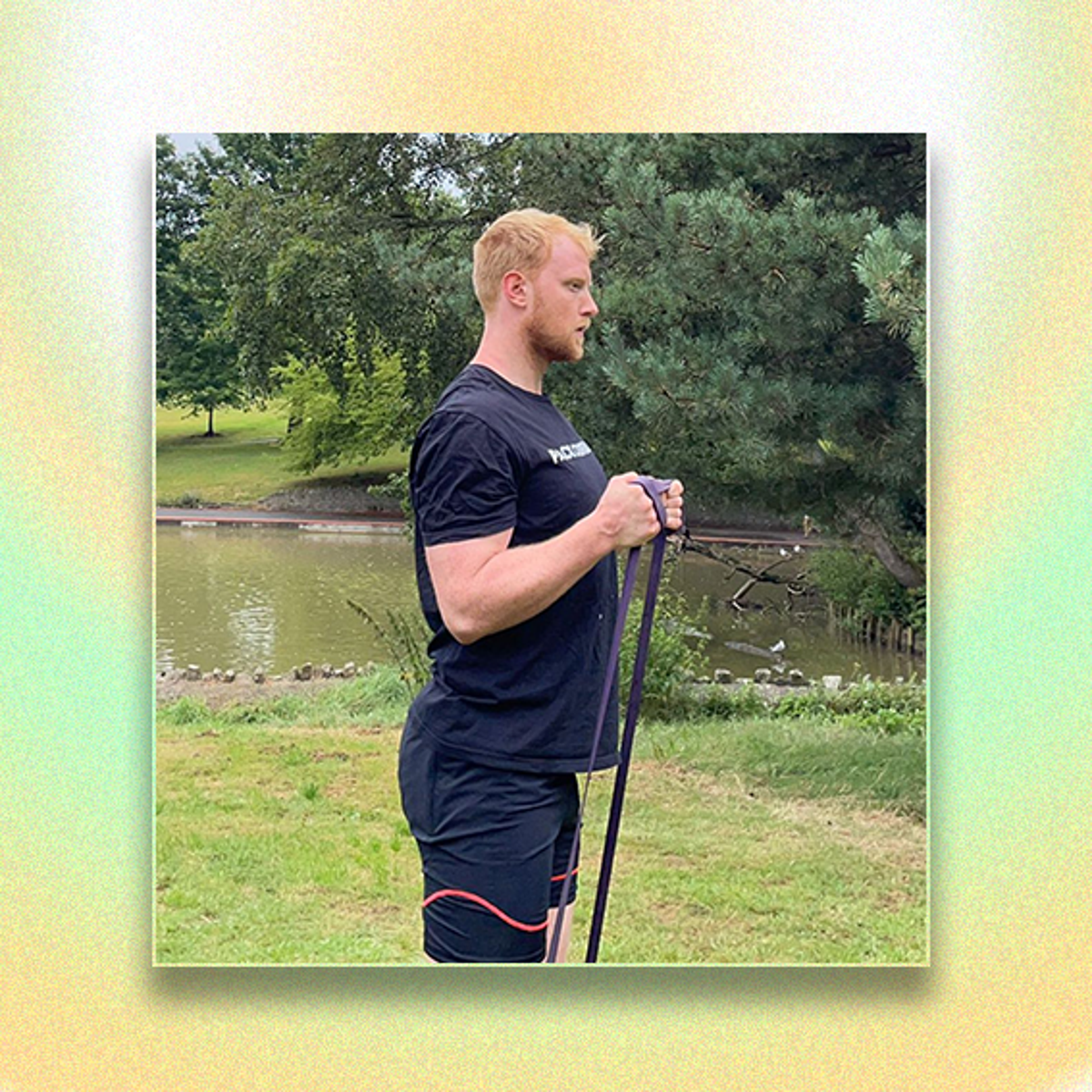
Exercising on holiday isn’t for everyone, but I love it: it’s a stress-free opportunity to move my body and have fun playing around with new ways of training. So, when I found myself without access to a gym on a recent trip, I took on the challenge of working out for a week with just a single resistance band – and I was surprised how much I enjoyed it.
Resistance bands are cheap and compact, with mine costing roughly £10 and taking up less space in my gym bag than a pair of flip flops. I was impressed by how versatile it was too, granting me access to a far wider library of exercises than if I were training without any equipment at all.
Training with just one piece of kit was a drastic departure from my usual maximalist weightlifting sessions, but stashing a barbell in my backpack was always unlikely to meet Ryanair’s cabin bag policy. My resistance band, on the other hand, passed with flying colours and allowed me to perform muscle-building moves which targeted my entire body during my week away. And the benefits didn’t end there.
Here are three reasons why a resistance band will be among the first things I’ll pack for any future holidays.
It’s compact
As we’ve already established, a resistance band makes a far more travel-savvy training tool than a set of dumbbells or other free weights. A band will fit into any rucksack and won’t weigh you down when you’re racking up 10,000 steps trying to find your Airbnb (this might be unique to me, as I have a terrible sense of direction).
Its minimal size and weight were also handy when it came to my workouts. I enjoyed being able to sling it around my shoulders and jog to a scenic spot for an al fresco session, with this brief bit of running doubling up as part of my warm-up.
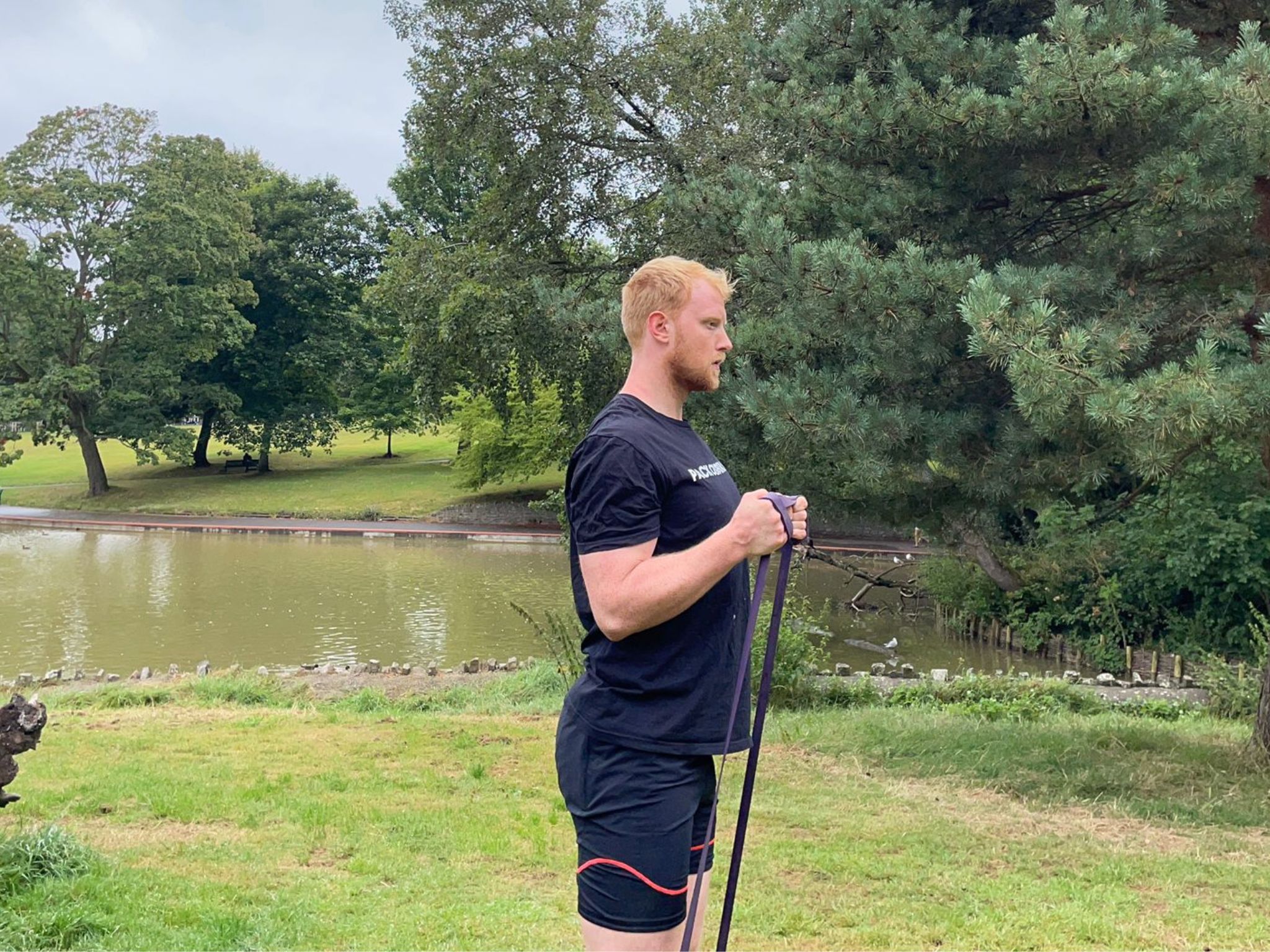
It’s versatile
The biggest problem I’ve found with bodyweight training is that, if you don’t have access to a pull-up bar, it’s incredibly difficult to hit the upper-body muscles responsible for pull movement patterns (where you’re pulling something towards you). Squats and lunges will work your legs, while push-ups cover the front-side of your torso, but your back muscles can be neglected if you’re not careful.
I found some creative solutions to this during lockdown, such as performing towel pull-ups in a door frame and bent-over rows with a bag of rocks from Brighton beach. But hindsight is a wonderful thing, and looking back I really should have just invested in a resistance band.
Read more: Is it safe to exercise in hot weather? The experts weigh in
During my holiday workouts, I was able to loop the band around my feet for bent-over rows, attach it to a sturdy vertical anchor point for seated rows and tie it to a tree for some lat pulldowns. It also allowed me to perform bicep curls, which is always a bonus in my eyes.
It broadened my horizons when working other muscle groups as well. I was able to look beyond the minimalist workout staples of push-ups, squats, lunges and sit-ups, and weave additional exercises such as flys, lateral raises and overhead presses into my routines.
I found this made my workouts more effective, hitting each muscle group in a range of different ways – my glute medius was firing on all cylinders after a few sets of banded crab walks. It made them more fun too, thanks to the extra variety on offer.
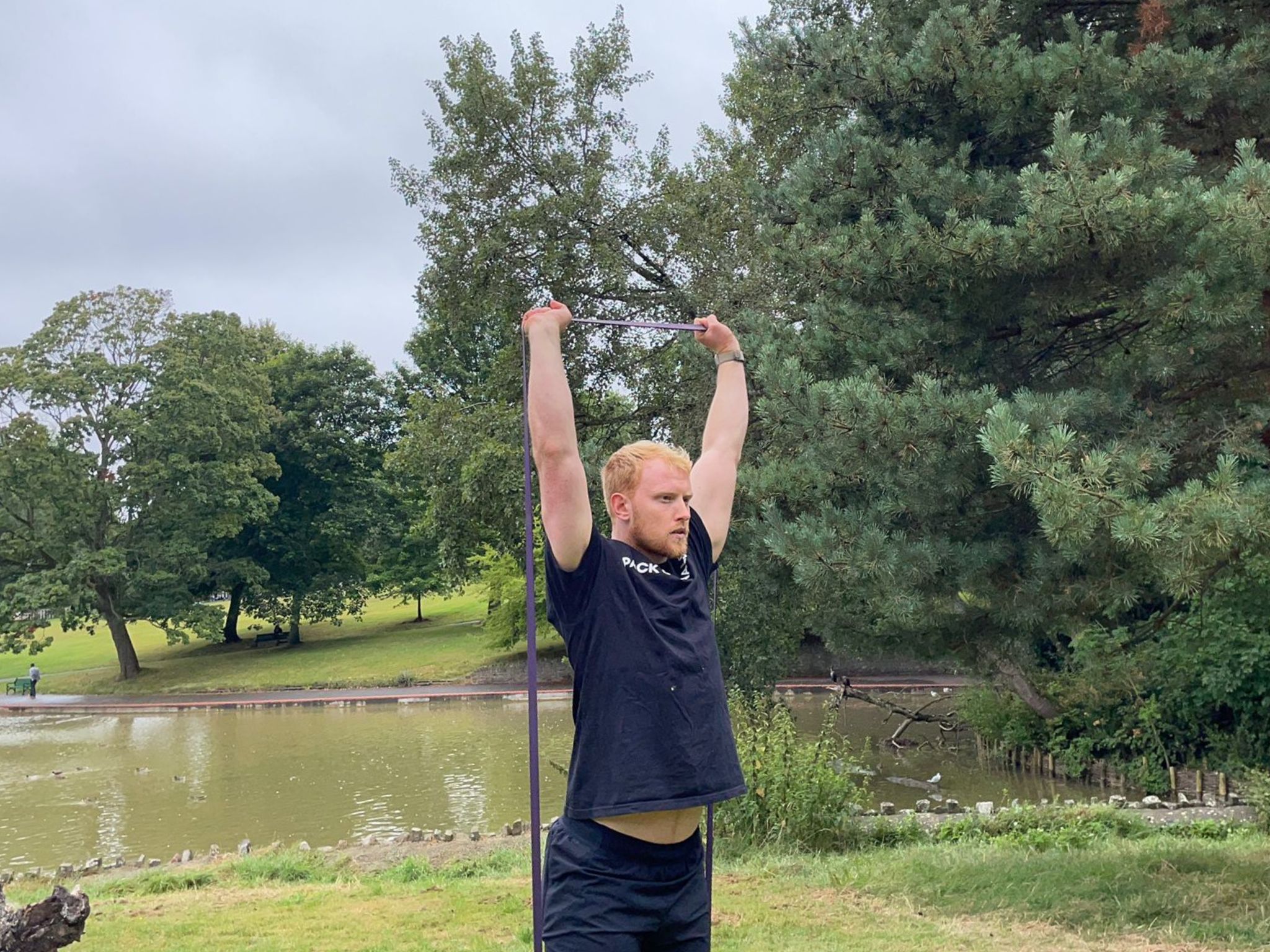
It increased the effectiveness of my workouts
The body adheres to the SAID (specific adaptation to imposed demands) principle. In layman’s terms, this means it adapts to handle the tasks you consistently ask of it. So, if you want to become stronger, you need to consistently challenge your muscles through progressive strength training.
While I’m only a recreational lifter, I’ve still been training for more than a decade, and it takes a decent amount of air squats and push-ups to tire me out. Fortunately, the resistance band allowed me to upgrade these bodyweight movements for an extra test.
For push-ups, I held one end of the band in each hand and looped it around my shoulders to add resistance, particularly at the top of each rep. And I swapped standard squats for banded tempo Bulgarian split squats (pictured below), placing one end of the band around my planted foot and the other across my shoulders (slowing down your lifts and using unilateral, or one-sided, exercises are further ways you can increase the difficulty of your session).
By adding the band into the equation and upping the intensity of each exercise, I was able to take my muscles close to failure far faster, making for a more efficient and effective workout.
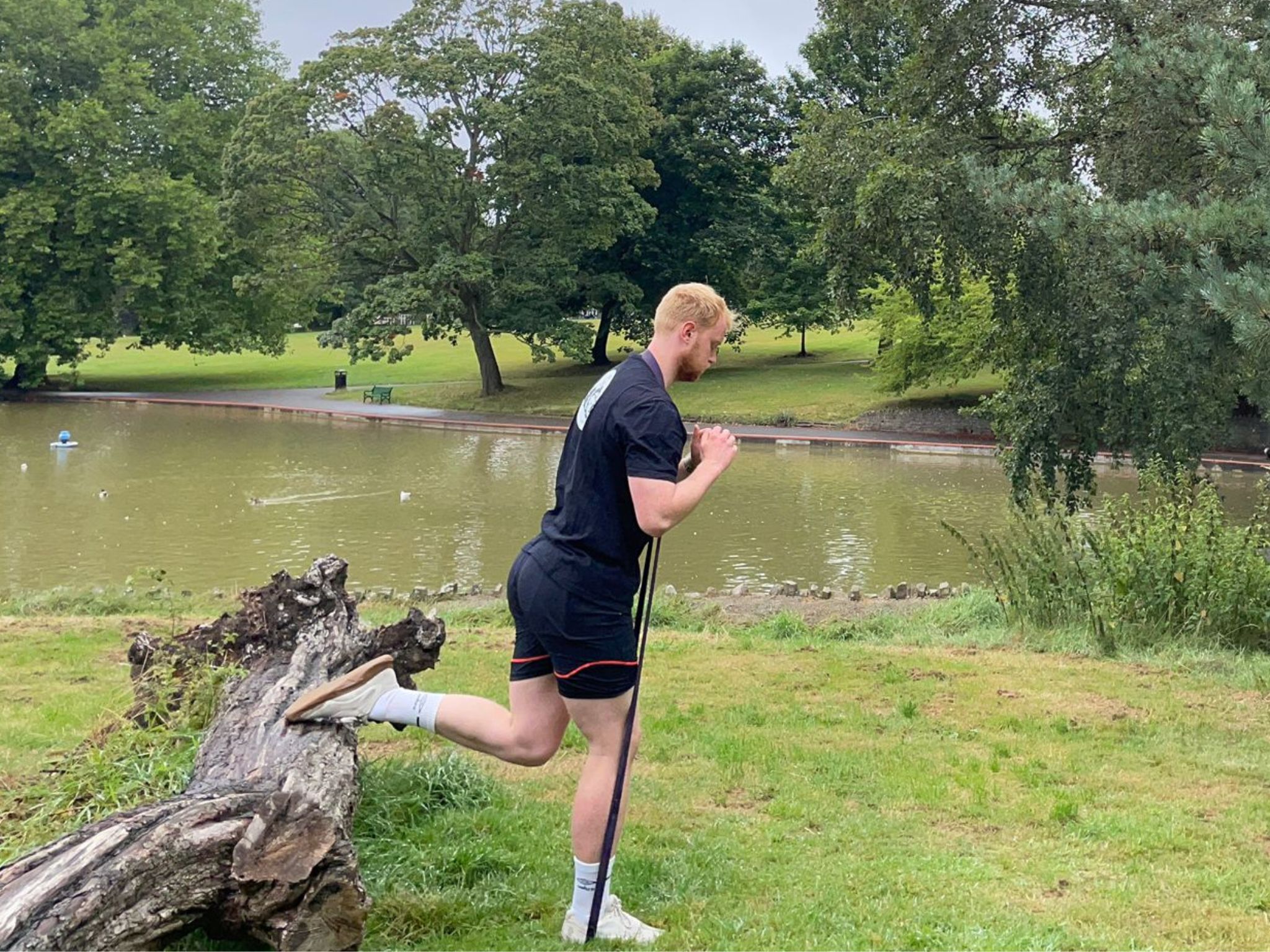
The verdict:
Will I continue training with resistance bands? If it’s not already abundantly clear, I think resistance bands are a brilliant piece of home gym equipment, especially if you’re looking for a way to stay active when you don’t have access to a gym. They open the door to a wealth of different exercises, allow you to target every major muscle group and raise the intensity of your workouts. On top of this, they’re cheap, compact and require minimal space to use, so you can turn any hotel room into a gym.
But, it’s also important to recognise that they will never be the most effective piece of equipment for building strength and muscle over a longer period: that title goes to free weights and gym machines. This is because resistance bands don’t lend themselves as readily to progressive overload.
Progressive overload is the driving force behind any successful strength training programme, and it simply means increasing the difficulty of your workouts over time for continued progress (linking to the SAID principle from earlier).
The most straightforward way to do this is by increasing the weight you’re using– if you’re lifting 10kg dumbbells fairly easily, you might swap them for a 12.5kg pair in your next session. However, if you’re using a resistance band, it’s harder to pinpoint the resistance (which varies depending on the length of the band) and progress it over time.
That’s why the bulk of my strength training efforts continue to centre around dumbbells, kettlebells and barbells, but I still use resistance bands for exercises like banded pull-ups, face pulls and banded crab walks. And when I go on holiday, they remain the star of the show.
The resistance band to buy
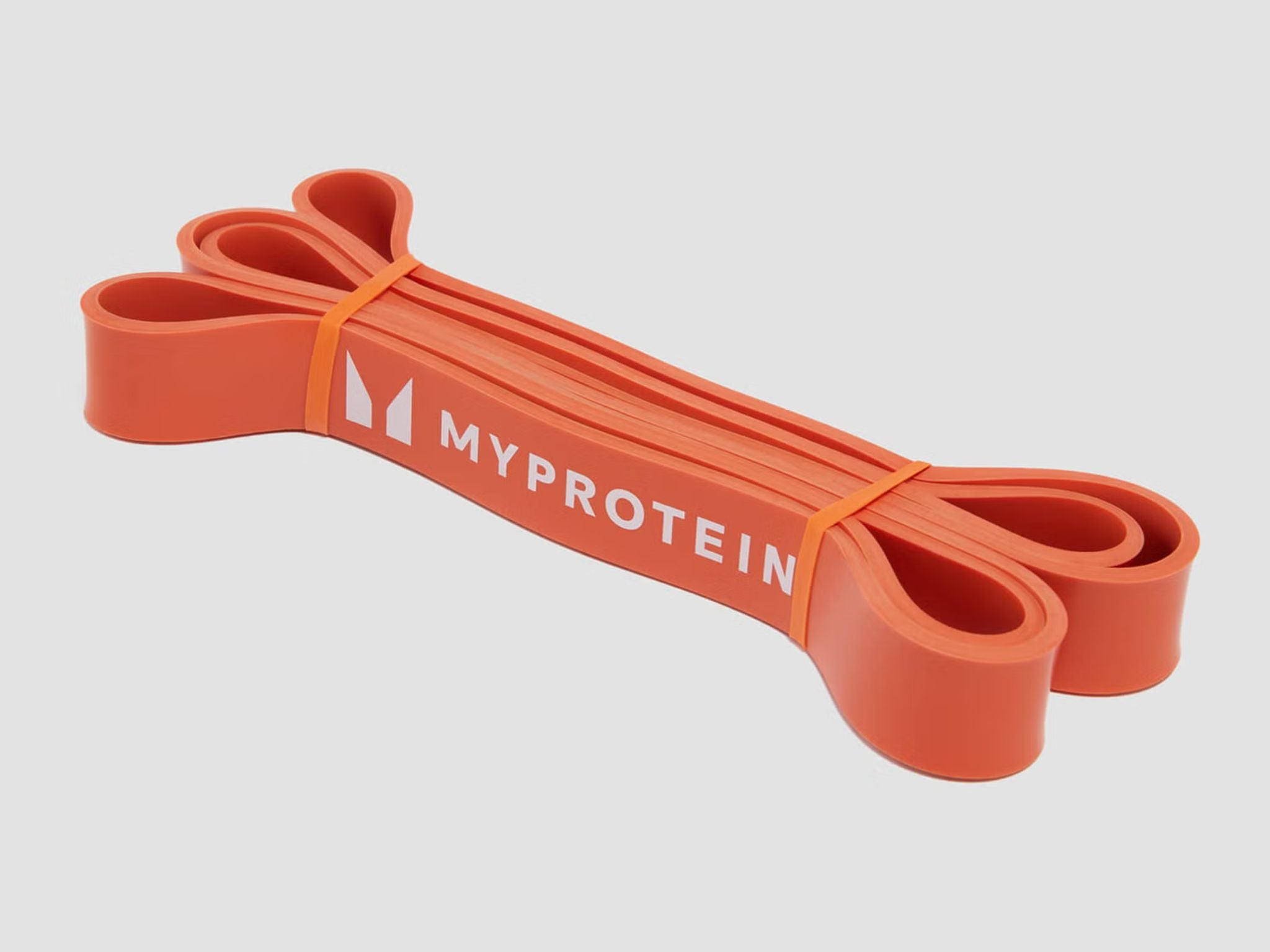
A medium-resistance band offers the most bang for your buck, in my eyes, allowing you to perform the widest range of exercises possible. It’s light enough for isolation moves like lateral raises and biceps curls, where you would usually use a lower weight, while still providing enough of a challenge during multi-muscle compound exercises like push-ups, squats and bent-over rows. This Myprotein band fits the bill perfectly, offering between 11kg and 36kg of resistance, depending on how far you stretch it.
Read more: I’ve been walking 10,000 steps a day for two years – these five benefits made me keep it up










